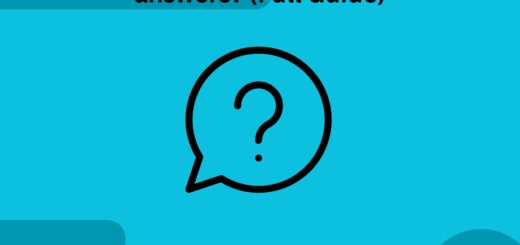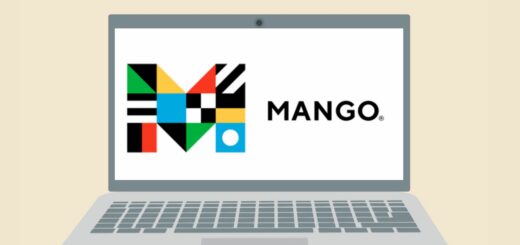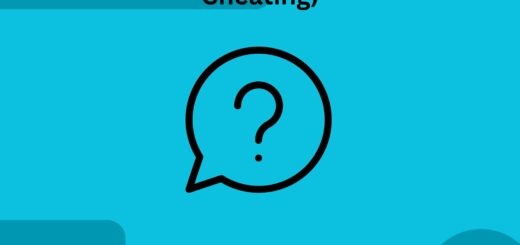Glossika Review 2024: Not for Beginners but Useful
Choosing a platform to learn a language from a pool of options is the biggest confusion. To rely on what Google says sometimes does not work for us. In fact, it happened to me when I started my journey. I tried a platform with a lot of good reviews about it. But, unfortunately, it turned out to be a bad one. To save myself from such experiences, I stopped reading the reviews.
What I do is try it and see if it really works. Glossika is a platform that I used to learn French. Thus, I can easily tell whether it is a nice platform. Read my experience with it in this Glossika review and decide if you want to use it.
Quick Takeaways
- Glossika is a platform to learn lot of vocabulary.
- The course is full of repetition of words making it easy to remember them.
- It has some additional features that make us stay engaged with the content.
- The review feature makes it a great way to revise the words that I feel are hard.
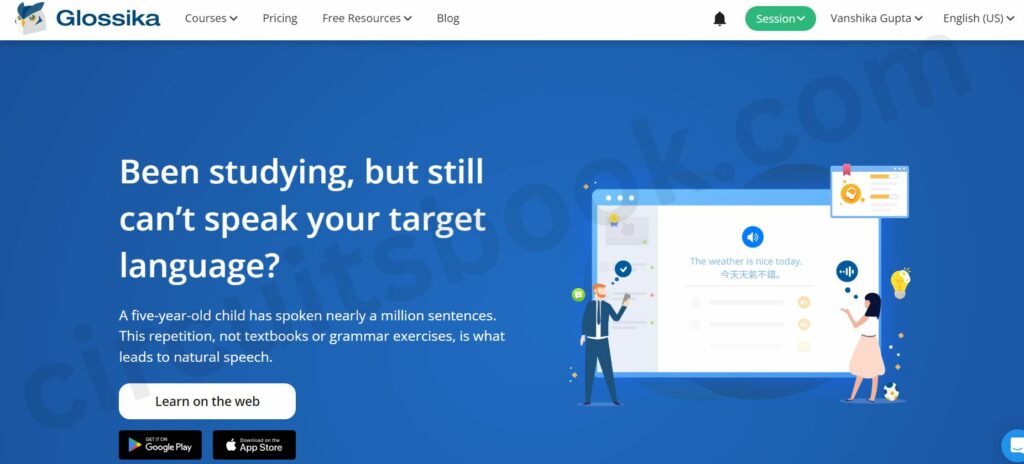
What is Glossika?
Let us start with a short brief about what Glossika is. It is an app that helped me learn some new words for the language I was learning. The way they are taught has a different approach. There is a repetition of exercises to learn new words. Additionally, it has a set of themes and topics that helped me learn the language easily.
Pricing of Glossika
While choosing a platform, it’s important to see the pricing. Although the platform offers limited free access, there are three different plans that it offers based on the duration of the plan-
| Type of plan | Basic | Pro | Enterprise |
| Monthly | $16.99 per month | $30.99 per month | Customized |
| Annualy | $13.33 per month | $25 per month | Customized |
To know more about the features you get with each plan, refer to this page.
Languages offered on Glossika
The best part of this platform is that it similarly offers different languages. There are more than 60 languages to learn on it. Undoubtedly it is an amazing thing. It has both popular and languages which are not popular. Below I have given 30 languages that you can choose from-
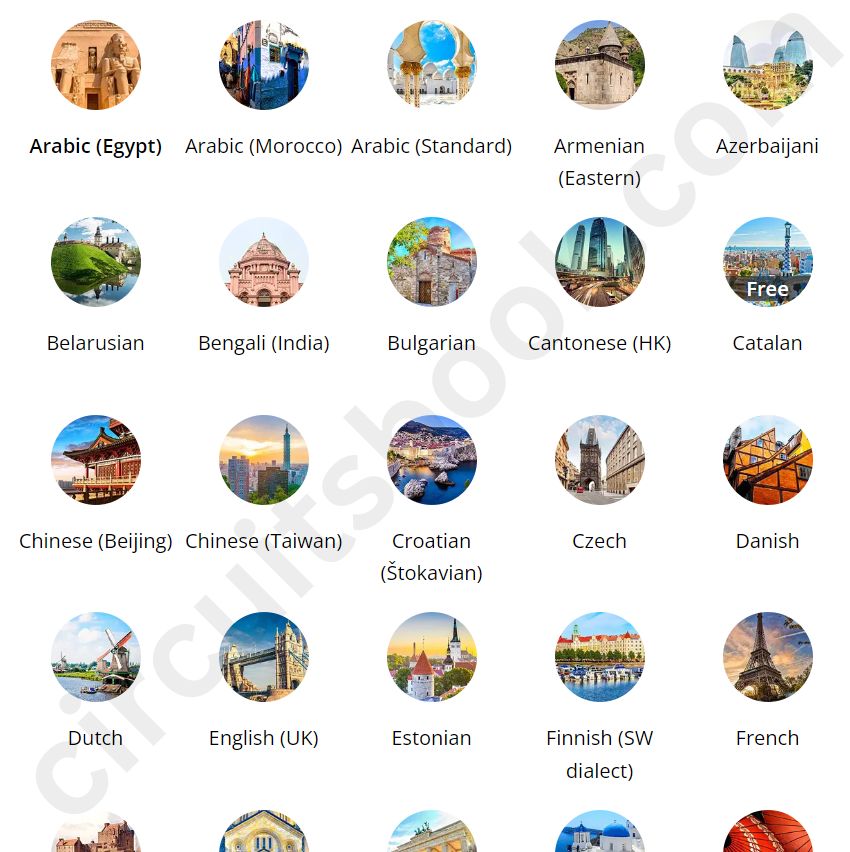
| Arabic | Finnis | Greek | Armenian | Danish | Japanese |
| English | Italian | Spanish | Czech | Sedish | Tagalog |
| German | Hakka | Hebrew | Dutch | Korean | French |
| Bulgarian | Thai | Chinese | Indonesian | Polish | Cantonese |
| Portuguese | Turkish | Bengali | Persian | Irish | Russian |
To check other languages, refer to the official site.
Course Overview
When I signed up for the platform I had to choose whether I was a complete beginner or have some knowledge of the language. I tried this platform for the French language. There were two tabs in it-
- Dashboard
- Library
Both the tabs helped me to learn the language. The dashboard included the course and the Library included different things added to it. Further, I will be discussing both tabs one by one.

1. Dashboard
Dashboard is the section where I got my French Course. This tab was further divided into 5 new sections-
a. Learn
Learn in the section where the courses were fully available. I could also set my daily goals. The course starts with the listening exercises. There are words and sentences with their translations and the native audio. In total, I received 25 new words and phrases which were also known as Reps. It means, 1 Rep is equal to a single word or a phrase. Just read and listen to it and try to remember them.
I could also add them to my favorite list by clicking on the heart in the lower left-hand corner. If needed, skip by clicking on the option next to the heart. You can either keep it on just listening and reading exercises or take advantage of full practice. The practice session is a mixture of different exercises-
Recording yourself
There is another exciting feature added to it, the recording button. It can be a perfect way to check if the pronunciation matches the actual way of speaking it. The platform gave me the option to take advantage of this exercise or skip it.
Writing exercise

In it, there are words along with the translations. After listening to them, I had to type the sentence in the writing space. It could be either done in the targeted language or the one that you learn.
In addition to these exercises, many types of other features were available within the lessons-
Settings
This part covers three main types of settings for the exercises-
- Base: It is the part that covers my native language. This feature allowed me to change settings for it including the text, audio, and speed. I can easily turn off any of the features for my base language.
- Target language: For the target language, there are only two options available- repetition and speed.
- General: In it, I was allowed to change the recording settings and audio effects. It also allowed me to change the practice session I was allowed to either choose the full practice session or keep the online audio option.
b. Review
In this section, I got the option to revise the content I wanted. I could either revise the items added in the favorite section or some other collection. There were some other options also like priority review. In short, it’s a section where I can revise what I have already learned. They are revised in a similar manner to reps.
c. Achievements
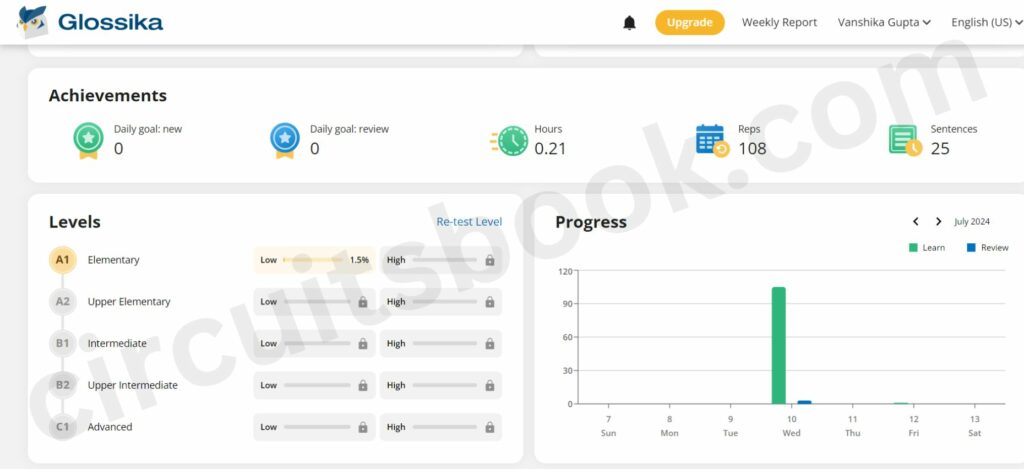
There are 5 sub-sections in it-
- Daily goals: As I mentioned above, I had to set my own goal while learning French.own daily goal. Every time I complete it, I get a badge for it.
- Daily goal (review): It works similarly to daily goals for learning lessons. I have to set my goal and break it.
- Hours: It represents the time, I took to complete the lessons.
- Reps: The number of questions that I completed in a day is shown in it. It includes both questions from normal lessons and the review section.
- Sentence: The number of sentences that were learned during the lessons is shown in this section.
d. Levels
5 levels were starting from Elementary to Advanced level. At the right side of each level, there is a low and high option. It shows where you stand at a particular level. Suppose I have not completed a lot of content on it, my level was low level, and vice versa.
Progress
It basically the graphical depiction of the time spent and the number of reps and sentences completed in the lessons.
b. Library
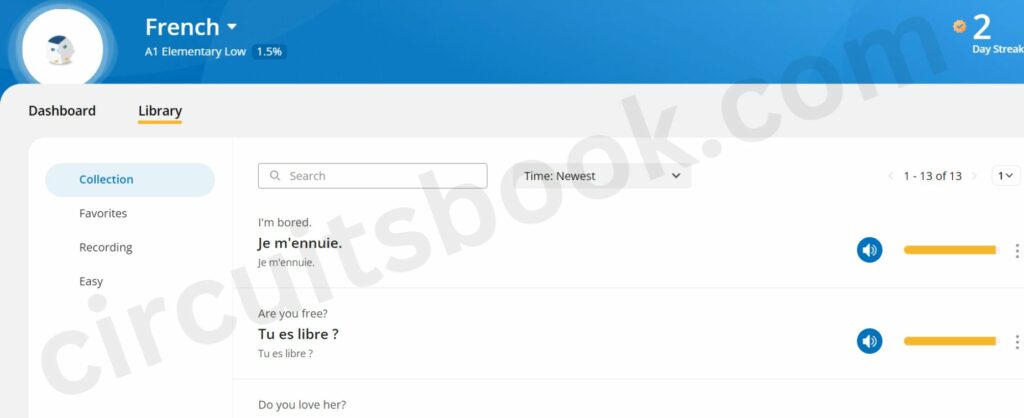
It has four subsections in it-
- Collection: It includes the set of words that I have already learned in the lessons.
- Favorites: The words that I have added in my favorite, will be reflected here.
- Recording: It had recordings that I recorded for the words learned in the lessons.
- Easy: The words that I skipped or are easy for me are added to this list.
The placement test
Just like the Duolingo placement test, this test helps to determine at which level you are. The placement test that I took on my laptop for French had 10 questions in it.
However, when my friend took it for Dutch on the phone, there were only three questions in it. I was very confused about it, so I did a quick research. It was a bug that was faced by many users. So she tried taking it on the web. However, she does not have much knowledge of it. In the series of 10 questions, they stop at the 6th question only. It may be because the team may have an idea that the next questions are tough for her.
When I was placed at a particular level, I was asked to choose a topic. After choosing it, I had to click on “Start session” and get my set of lessons.
Glossika Review: Should I use it?
I would say, if you seriously want to learn vocabulary in detail, this is what you need. The reps (meaning repetitions) are a great tool to learn the language. Below is the table that shows what different numbers of reps represent-
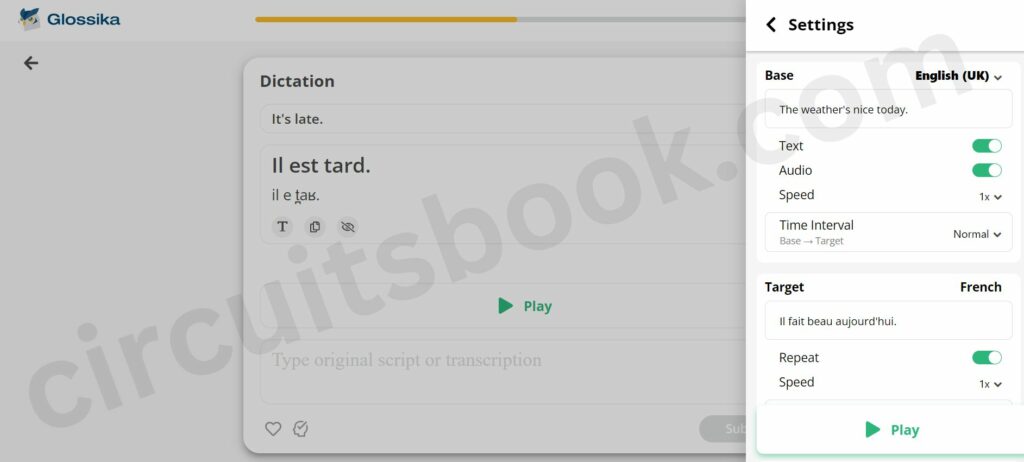
| Number of reps | What it means |
| 25,000 | Can speak a sentence with its natural accent |
| 50,000 | Have conversations with native speakers at its own speed |
| 75,000 | Sharpen the skills in specialized topics |
| 1,00,000 | It’s the mastery level of the language |
The above table shows it all. However, one thing that I majorly disliked was the words and the sentences were taught simultaneously. Unlike other platforms, where words are taught earlier and then there is a list of sentences, I think it can be confusing for many beginners. In fact, when I first used it, I was also confused about how it worked. There is no gap between the reps. As soon as you complete the first exercise, the second set of questions will start on the screen.
However, you can cancel it and start from the place you left off on another day. The other thing that is the biggest disadvantage of this platform is the price of it. It is somewhere overpriced. Of course, the platform is good but for a person on a tight budget, choosing an alternative can be a better option.
Also, the placement test is not that good. Firstly, there is a bug. Secondly, there are only 1 or 2 questions for each level in the placement test. As a beginner, it might be a tough platform to start with. Thus, try to use it as a supplement tool rather than fully relying on it.

Below are the benefits and drawbacks of using this platform-
| Pros | Cons |
| Has a great library of vocabulary | Ranking level and placement level are very poor |
| Offer more than 60 language | It is over-prized |
| Improve speaking skills | Some courses are not good |
| The daily goals help me stay motivated. | Bad writing practice |
| The speed is slow | Not for beginners |
| It keeps bringing challenges to get subscription-free |
Alternatives of Glossika
I know it’s overpriced and sometimes irritating. But don’t worry. There are always some alternatives to a platform. I have mentioned them below-
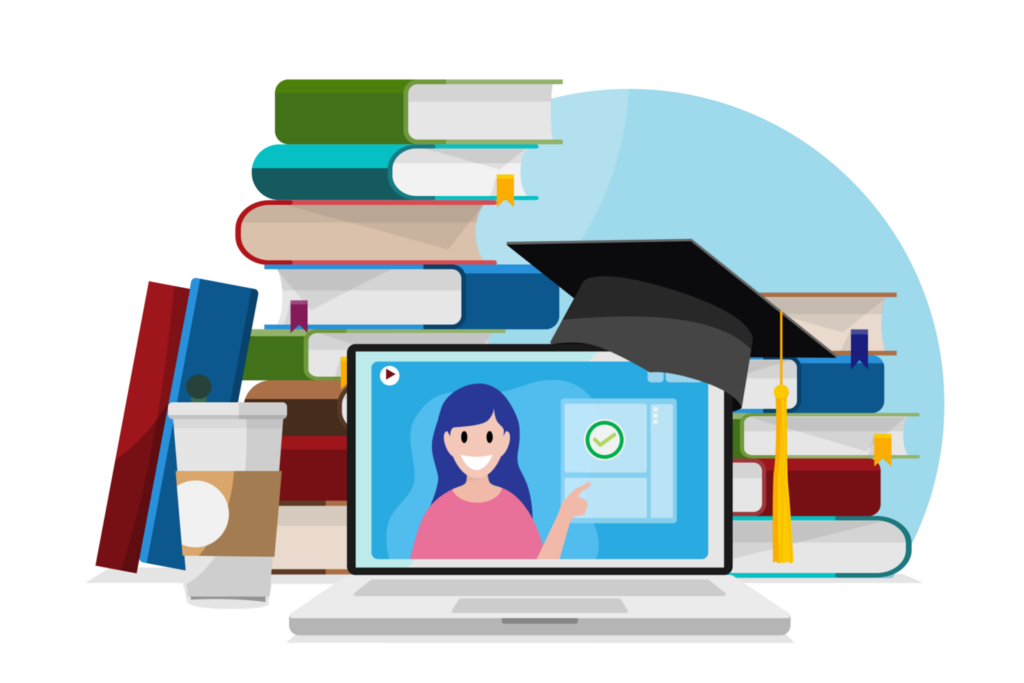
1. Duolingo
Duolingo is a platform that follows gamification elements to teach you language. I have been using Duolingo for a long. The platform is free to use making it an affordable platform for everyone. There are a lot of features like Duolingo achievement that made me engaged with the lesson.
2. Memrise
Another great platform used to learn vocabulary. Although it requires a subscription, I love using it. Earlier it allowed the users to create decks, but not now. At present, it follows a particular path in which users can learn a lot of new words and phrases. It helps to memorize the vocabulary easily through different exercises.
3. Speaky
No language is completely learned without practicing it. Speaky is a platform that gives you a community of people to connect and practice with. There are native speakers on the platform that are interested in learning your native language. Connect with them and help each other to learn their respective languages. When I used it, I also made some good friends. We used to have conversations and gain a lot of cultural knowledge.
Conclusion
Glossika is a platform known for teaching vocabulary. The lessons are divided based on themes and words. In each lesson, there is a set of 25 reps, which helps in learning them. Undoubtedly, the prices are high, and the placement test works poorly. But still, it is a better choice for anyone learning the language. The way the words are taught is good. There are a lot of repetitions, making them stick in your mind. If you are tight on a budget, there are free alternatives to use. Go and choose them.
FAQs
Is Glossika for beginners?
No, Glossika is not for a beginner. However, according to some users, if the targeted language is close to the native language, then you might use it as a beginner.
How long does it take to complete Glossika?
Glossing is for serious learners. If you take it seriously, then it will take 9-12 months to reach a fluent level.
